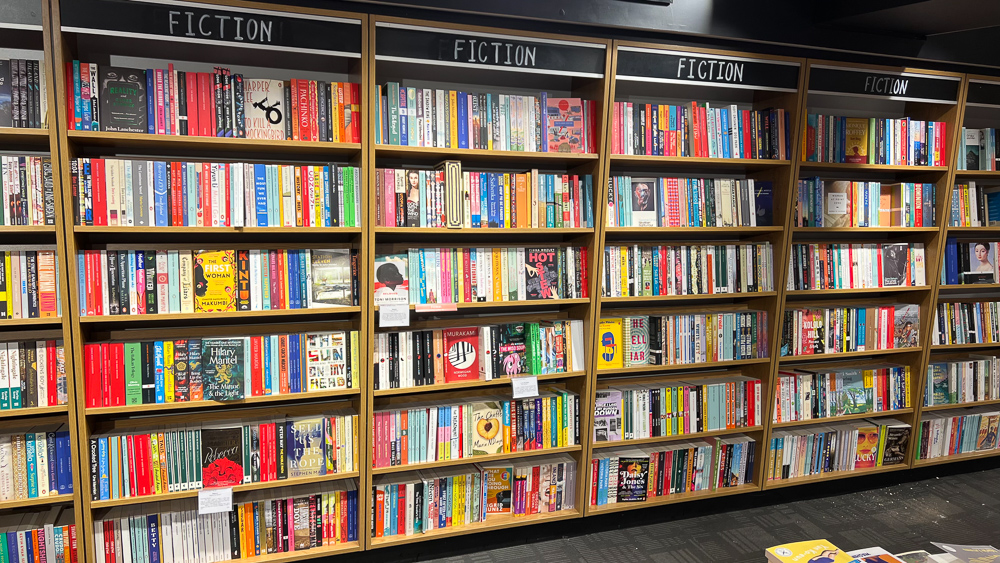So, following on from the previous posts, what did I learn from the grand seminar?
Josh Raynolds revealed a curious fact. Back in the 1920s and earlier, people used to kiss with their eyes open. Since the age of movies, apparently, this has changed: people began emulate screen stars, who were hamming it up (in their ecstasy they closed their eyes when they kissed) and so now everyone kisses with closed eyes. This fact has ruined kissing for me, and now I will be in doubt every time: should I open my eyes or close them?
It’s a bit like this with tasting notes, now I have taken part in this seminar. I am in self-doubt about the adequacy of my notes on wine. Do they accurately reflect my perception? Do they communicate effectively to others? If, say, I gave you six glasses of red wine and my tasting notes on each, could you pair them successfully?
I think I am going to begin to try to emphasize more global properties of wine, using figurative language. The wine is a whole, and I want to capture that. Of my colleagues, I think Victoria Moore already does this well. I’m going to shy away from the shopping-list of ingredients/reductionist descriptions that can so often fail to capture wine meaningfully. I want to be more creative. I want to be less lazy: I worry that when I’m faced with a Sauvignon or a Pinot, for example, I just pluck out a subset of the limited number of words I have for each of these varieties, rather than interrogate the glass more accurately.
This self-doubt initially made me feel a bit down about writing tasting notes at all. But then a description by Frank Stitt of the wine he’d brought to share really opened up the wine for me. As he described it, I began interrogating my glass, and began to see some of the elements he was describing that I wouldn’t have otherwise picked out. ‘Wine needs words,’ said Hugh Johnson, memorably. And Hugh is right. Words open up and enrich the experience of wine. Language changes perception, and one of the best things a novice drinker can do is to develop a vocabulary for wine.
Elaine Brown’s drawings have also made me consider non-verbal ways of sharing perceptions and capturing the essence of a wine. I’m not sure I can draw wines, but maybe I should try? Words can get in the way. This raises the question of synaesthetic descriptions of wine, but that is a story for another day.
9 Comments on So what did I learn about the way I use language to describe wine?


Interesting article Jamie, Thanks.
Pleasantly scented, very agreable! by Ronald Searle… “Wine Speak” is a fantastic book if you’re ever looking for visual inspiration.
I wrote some of my thoughts on this subject from doing tastings with lots of ‘non-wine’ people here
Makes me think of this ancient post I wrote on this topic.
http://arnoldwaldstein.com/2012/01/wine-by-the-word/
Evelyn Waugh talks about this in a wonderful passage in Brideshead Revisited about a Clos de Beze
I rejoiced in the Burgundy. How can I describe it? The pathetic fallacy resounds in all our praise of wine. For centuries every language has been strained to define its beauty, and has produced only wild conceits or the stock epithets of the trade. This Burgundy seemed to me, then, serene and triumphant, a reminder that the world was an older and better place than Rex knew, that mankind in its long passion had learned another wisdom than his. By chance I met this same wine again, lunching with my wine merchant in St James’s Street, in the first autumn of the war; it had softened and faded in the intervening years, but it still spoke in the pure, authentic accent of its prime and, that day, as at Paillard’s with Rex Mottram years before, it whispered faintly, but in the same lapidary phrase, the same words of hope.
When you or you accolytes at the IPNC seminar refer to more figurative terms to describe wines, terms that could in turn be more meaninful to the readers, are you referring to the way a lot of French people (mainly winemakers I believe) talk about wine? Terms such as “straight” (droit), “Tight” (tendu) etc… ?
I try to describe the impact that a wine has had on me personally, as well as others, and the context in which it was tasted. Texture and mouthfeel are very important but often missing from tasting notes which concentrate on flavour alone.
Fluffy bunny has legs. No, really. Tom
I’ve been asking myself the same question for a long time. One conclusion I have come to is that anyone wanting to write or teach about wine needs a very clear idea of exactly who their audience is. As far as wine language is concerned, one size does not fit all.
As a wine geek and trade person myself, the more flowery the tasting note the better when I read up about things; I agree with Hugh. However, having decided to concentrate on talking to consumers who as yet know very little or nothing about wine, I feel that the language I use needs to be very different. I also think we should start in a different place, i.e. not with the wine-making side as most people do, but that’s a subject for another time!
There are big differences between Decanter subscribers, those who scan the papers for recommendations (but go no further) and those who simply love drinking wine and want to know a bit more. We must change our language accordingly.
Thanks for the nice words Jamie. My old boss used to say (imagine mischievous Scottish accent), “Baby, always write to amuse yourself, that way at least one person is happy.” The same goes for tasting notes. If they don’t mean anything even to you, how can anyone else hope to benefit? I dumped my Diploma studies halfway through when I realised I was being trained to write tasting notes that didn’t even help ME to recollect the wine – and started writing notes that had some meaning at least for me.
Pitching the level of writing or speech to our audience is something I think/hope we all do instinctively.
As for the matter of what tasting notes mean, anyone with a serious interest in subjective comprehension, the sliding of meaning of words from one person to another, how understanding is altered by experience, the whole slippy field of language and communication, might enjoy revisiting the twentieth century masters on this subject. Hello Barthes, hello Derrida.
I agree with Helena that we need to be careful about the language we choose and remember who our audience is when describing wine. While language is incredibly useful for describing wine, it can also be incredibly alienating. As an educator, I have found that many consumers are turned off from learning more about wine because the descriptions they read are too complicated or don’t relate to them. While lychee and currant may be familiar descriptors to British tasters, for example, these are largely unknown flavors in America; so these terms are less meaningful to American consumers.
I think the future of describing wine–for consumer appeal, that is–lies in colloquial language that is relevant to the taster. This means that as a wine community we need to lay down our systematic approach to tasting and be willing to accept less academic language that is more meaningful to the taster.